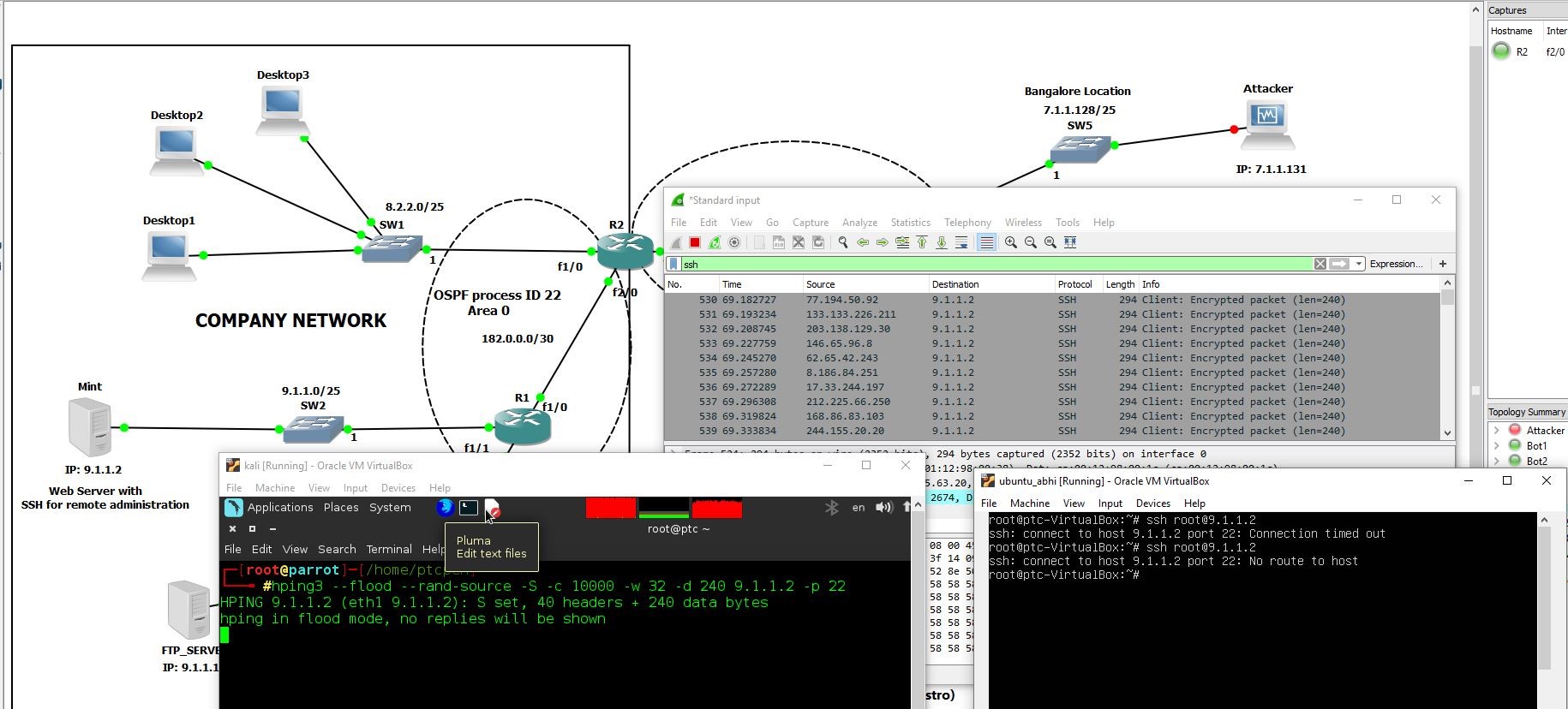

You can verify this (and change it, if needed) by listing the contents of the /etc/httpd/modules directory: # cd /etc/httpd/modules Note that modules/mod_security2.so and modules/mod_evasive24.so are the relative paths, from the /etc/httpd directory to the source file of the module. LoadModule security2_module modules/mod_security2.so Now, in order to integrate these two modules with Apache and have it load them when it starts, make sure the following lines appear in the top-level section of mod_nf and mod_nf, respectively: LoadModule evasive20_module modules/mod_evasive24.so Mod_security + mod_evasive Configurations When the installation is complete, you will find the configuration files for both tools in /etc/httpd/conf.d.
#UBUNTU DDOS ATTACK TOOL INSTALL#
# dnf -enablerepo=raven-extras install mod_evasive
#UBUNTU DDOS ATTACK TOOL UPDATE#
# yum update & yum install mod_security mod_evasive Fedora users don’t need to enable any repo, because epel is already part of the Fedora Project. In addition to having a LAMP setup already in place, you will also have to enable the EPEL repository in RHEL/ CentOS 8/ 7 in order to install both packages. Install Iptables Firewall Step 2: Installing Mod_Security and Mod_evasive Then install the iptables-services package before enabling iptables: # yum update & yum install iptables-services To begin, stop and disable firewalld: # systemctl stop firewalld Step 1: Installing the Iptables Firewall on RHEL/CentOS 8/7 and Fedora We do this in order to use the same tool in both RHEL/ CentOS 8/ 7 and Fedora. You will also need to set up iptables as the default firewall front-end instead of firewalld if you’re running RHEL/CentOS 8/7 or Fedora.


 0 kommentar(er)
0 kommentar(er)
